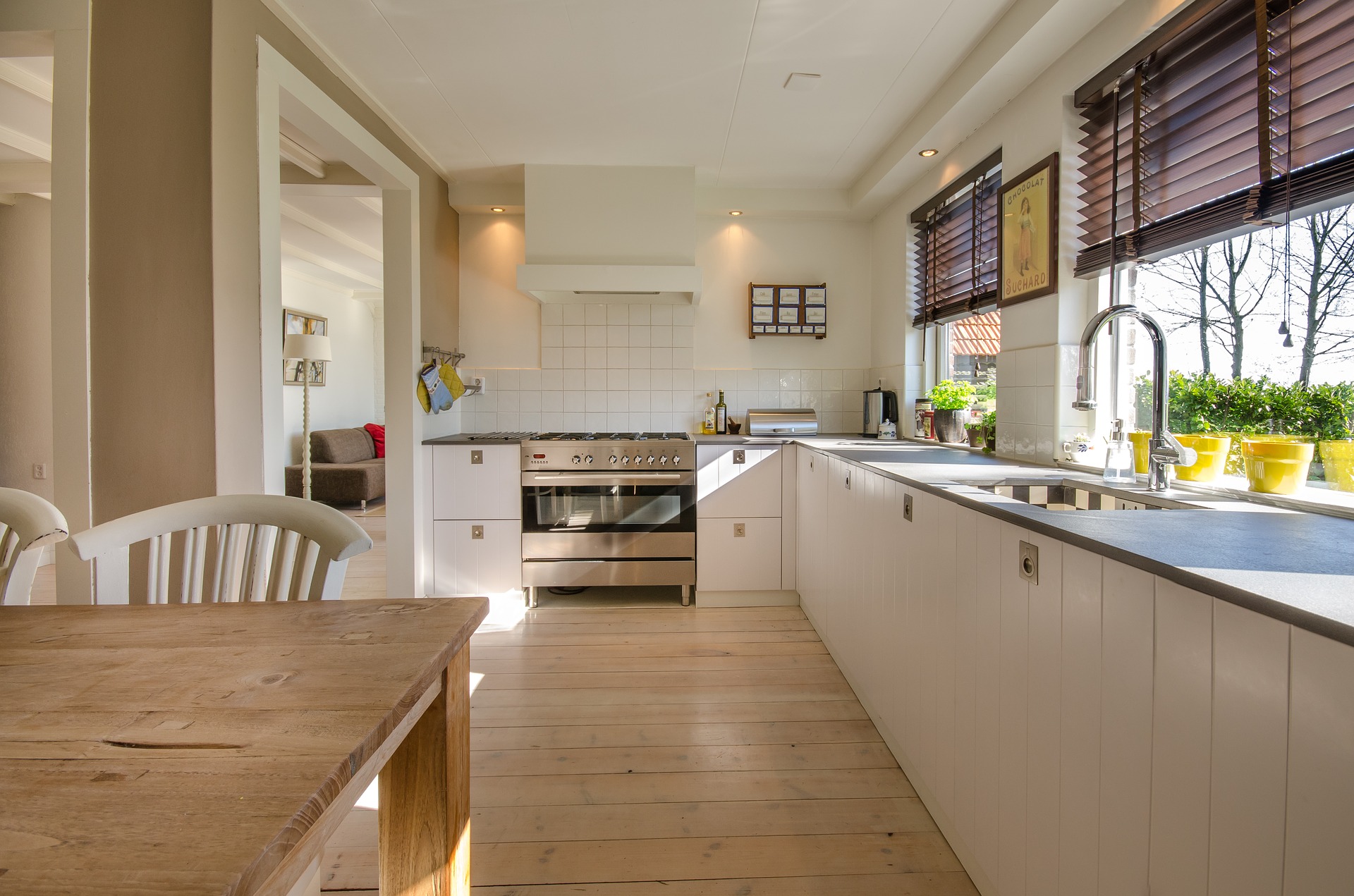01 Sep What are Fixtures & Fittings/Inclusions

A question which arises in all Conveyancing transactions is whether an item within the property is a fixture (which stay with the property on sale, unless noted in the contract otherwise) or fitting/inclusion (which are to be taken from the property on sale unless noted in the contract as being an inclusion and therefore staying with the property).
Fixtures:
Fixtures are considered by the law to be part of the property. They are the house itself, other structures and also parts of the house which are attached to or built into the house, so that they can be considered a permanent part of it. You are not required to list the fixtures of a property on a contract due to them being considered part of it. As a guide, if an item is an integral part of the structure, or damage would be caused to the structure by its removal, it is usually a fixture. For example the bath tub, basin and toilet are considered fixtures.
Inclusions/ Fittings:
Inclusions/fittings are ‘chattels’ or those belongings which are not permanently attached to, or part of, the structures on the property. Inclusions do not, pursuant to the law, stay with the property unless they are listed on the contract. Inclusions are things which might easily be removed without causing damage to the structure. For example the dishwasher, clothes line and blinds.
A list of some common inclusions are: pot plants, stone carvings, bird baths, TV wall mounting brackets, light fittings, floor coverings, blinds, curtains, TV antenna, air conditioners, dishwashers, stoves, hotplates, range hoods, built-in wardrobes, clotheslines, screen or security doors, insect screens on windows, ceiling fans, garden sheds, BBQs and BBQ fittings, gas heaters, external awnings, swimming pool filtration equipment, automatic pool cleaners, garage door openers, remote controllers and alarm systems.
How to avoid uncertainty
Some items fall into a ‘grey area’ and may be considered as either a fixture or an inclusion. Examples of these are built-in TVs, some light fittings, air conditioners and TV wall mounting brackets.
The simplest way to safeguard against any argument on the settlement day is, when in doubt, list any item that could be deemed as an inclusion on the front page of the contract and/or specify that an item is excluded from the sale on that same page.
Handy hint
As a handy hint we usually suggest to our clients is that if any items are to be excluded from the sale (e.g. specific light fittings or curtains which match a bedspread), that those items should be removed or replaced prior to the property being marketed for sale. If this is done, it ensures a prospective purchaser isn’t faced with the thought of having to immediately buy those items (e.g. new curtains for the bedroom).
For further information, please contact our Conveyancing Team.